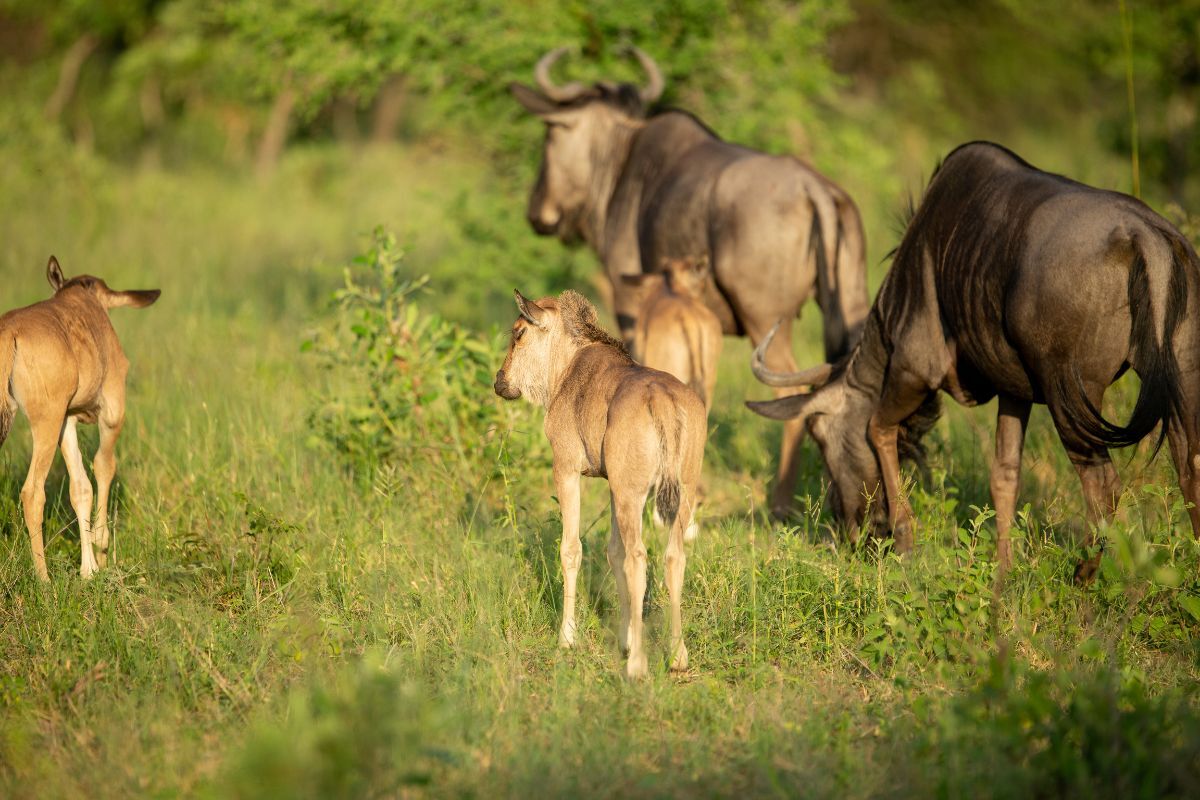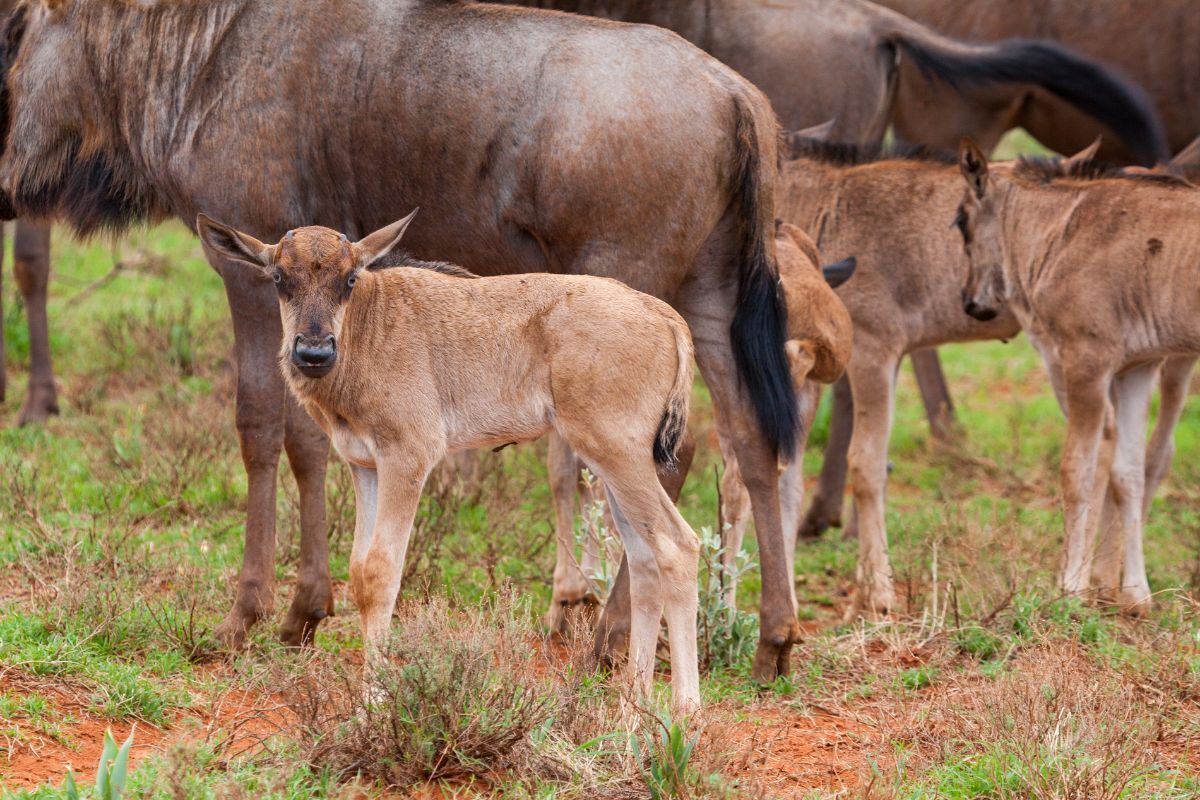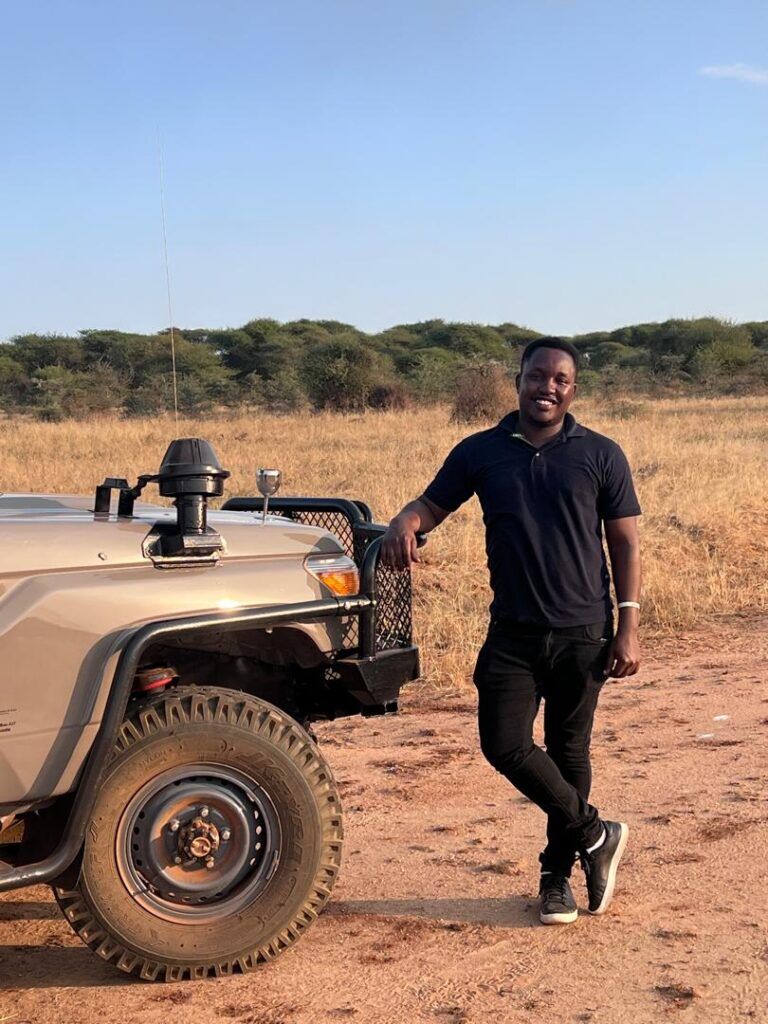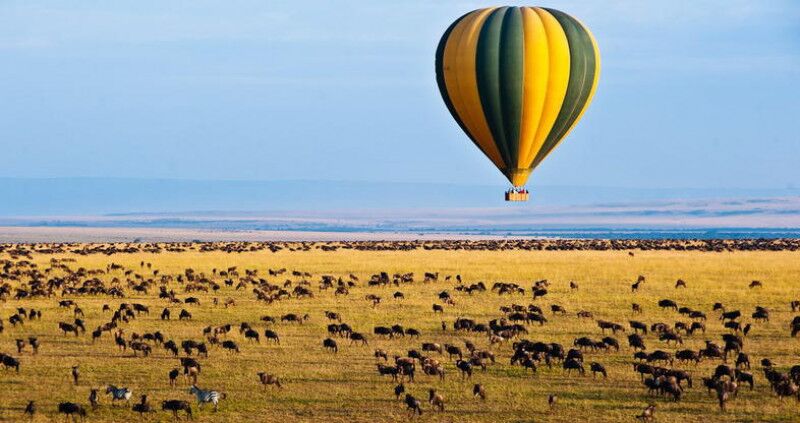
19 August 2022
It can be interesting to see where young wildebeest calves are born and see the long journey the wildebeest have to travel. These are some rare sights you can find during the Great Wildebeest Migration in Tanzania and into Kenya.
So, where do the 1.5 million wildebeest come from, and how many calves are born there? Read on to find out more about this magnificent event called the wildebeest calving season and what other animals are involved during this period.

Where Does The Calving Season Begin?
We start at the southern plains of the Serengeti, where the plentiful red oat and water grass grow after the short November rain season, and we now have a full plain.
From here, we can expect great waves of wildebeest to pass over the east side of the Serengeti.
The herd then goes clockwise and into nearby areas such as lake Masek and the Ngorongoro conservation area, and once the calves are born, the herd move north into Kenya’s Masai Mara.
The area is crowded during this season because the calves can consume the richest milk, as the soil and grass are high in potassium, calcium, and phosphorus, and the short grass means predators can’t hide and attack unannounced.
When going north, they pass west to the Grumeti river, as it’s low, and adult wildebeests consume 3 gallons (ca. 14 litres) of water daily.
A big risk here is the crocodile-infested pools that are required to pass before they have to cross the Mara river in Kenya.
This is a risk that comes with grazing on abundant land. During this time, they are seen continuously grazing on stocky and long grass as they need to maintain their weight for this demanding season.
How Does The Process Work?
Now we have our wildebeest herds occupying the same area in January, the pregnant wildebeest give birth, and this continues into March when as many as 8,000 calves are being born each day.
These calves are usually born in the middle of their herds to protect the females and calves from attacks by predators, most commonly lions, cheetahs, or hyenas.
There are as many as 500,000 calves born during these months, so the herd is about to get much larger.
This culminates in over a million wildebeest, which is said to be one of the seven wonders of the natural world.
Amazingly, these calves learn to walk within minutes and run at full speed within an hour of being born, which makes their migration possible.
Are There Any Risks In This Calving Season?
Unfortunately, during the migration, the young calves can find it challenging to keep up with the older members of their group and get left behind, which is an opportunity for predators to attack.

In many cases, nearly 250,000 wildebeests die during this migration, and this can be due to things such as starvation, thirst, weaknesses, and climate change which can pose a threat to their survival during this season.
This can involve more intense rainfall and droughts which can affect the rivers and the amount of grass there is to graze for, as wildebeests play a vital role in the sustainable renewal of the ecosystem.
Will I See Other Animals In The Mix?
Tens of thousands of zebras and gazelles have already accompanied the wildebeests throughout the year.
Here it is no exception, as they use this opportunity to birth young themselves, as the cover of many wildebeests offers great protection.
During the migration back to the northern Serengeti area and the river crossings, there can be as many as 200,000 zebras and 500,000 gazelles.
You can have over 2 million animals in this concentration, and it is even more, with 7,500 hyenas, 4,000 lions, and up to 600 cheetahs.
What’s The Best Time To See The Wildebeest Calving Season?
Ideally, you want to arrange a safari somewhere between the end of December and March, as February is when the season is at its best, as there are many tented camps set up in the path of the migration.
This way, you can get a good view of the action, and there are many types of accommodation in this area that you can take advantage of to experience this event.
This can be during the calving season, which is from mid-December until mid-March in Ndutu, and as the migration happens all year round, you can also see this amazing spectacle in central and northern Serengeti.
If you want to see the well-known river crossing, you can visit in mid-July. Also, you might find that a hot air balloon safari is the best way to see the sheer scale of this activity, but driven and walking tours can be just as exciting.
Conclusion
With an idea of how this season progresses, you can see that there are many dangers as well as wonders that have to be seen to be believed. With that in mind, you can prepare for a safari tour that is very popular with nature lovers.






